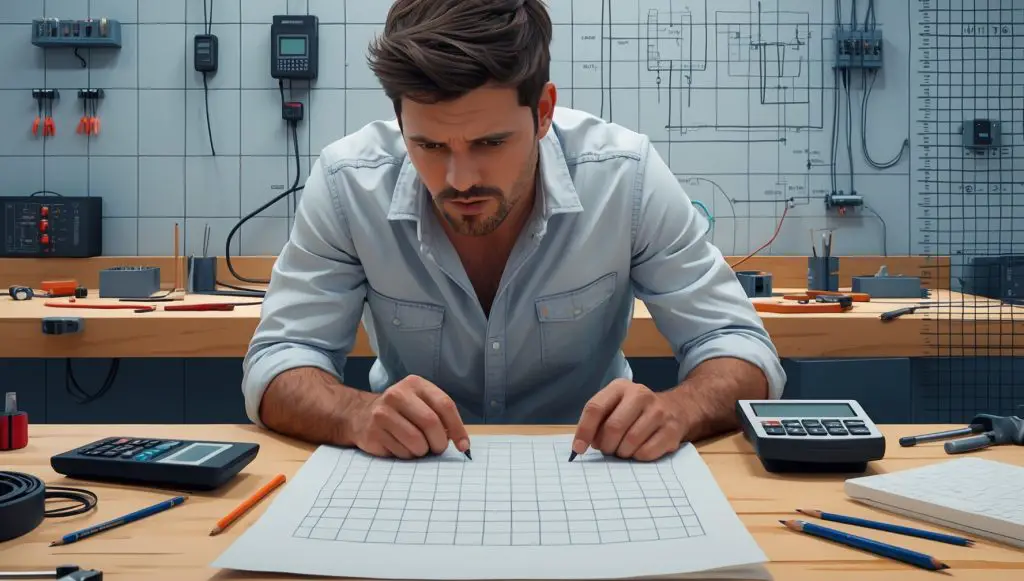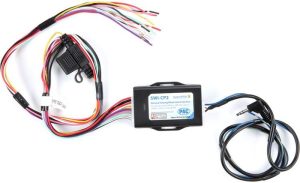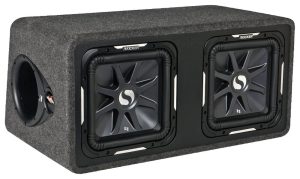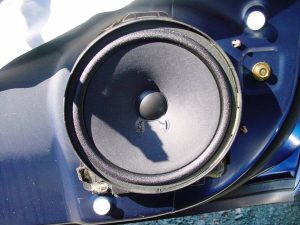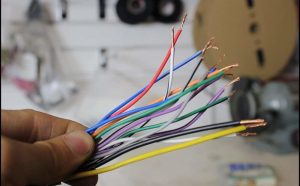Building a subwoofer box can be an exciting yet challenging task, especially for audio enthusiasts looking to enhance their sound system. A crucial aspect of this process involves calculating the subwoofer box volume accurately. This ensures optimal sound quality and performance. In this comprehensive guide, we’ll walk you through the various steps and considerations involved in calculating subwoofer box volume. Whether you are a beginner or have some experience, this guide will equip you with the knowledge you need to create a subwoofer box that meets your audio needs.
Contents
- Understanding Subwoofer Box Volume Basics
- Why Accurate Volume Calculation Matters
- Tools Needed for Volume Calculation
- Measuring the Internal Dimensions Precisely
- Calculating the Gross Box Volume
- Accounting for Speaker Displacement
- Adjusting for Port and Bracing Volume
- Converting Units for Accurate Results
- Common Mistakes in Volume Calculation
- Tips to Save Money on Subwoofer Boxes
Understanding Subwoofer Box Volume Basics
Subwoofer box volume refers to the internal space available within a subwoofer enclosure. It is a critical factor that affects the sound quality and efficiency of the subwoofer. The volume determines how the air inside the box interacts with the subwoofer, influencing aspects such as bass response and overall sound clarity. Different subwoofer models have specific volume requirements, so understanding these basics is essential for achieving the desired audio performance.
To comprehend subwoofer box volume, it’s important to recognize the difference between gross and net volume. Gross volume is the total internal volume of the box, while net volume accounts for additional components such as speakers, ports, and bracing. Knowing how to differentiate between these two measurements will help you design an enclosure that suits your subwoofer’s specifications. By understanding these foundational concepts, you can move forward with confidence as you calculate the necessary box volume for your subwoofer.
Why Accurate Volume Calculation Matters
Accurate volume calculation is vital because it directly impacts the subwoofer’s performance. If the box volume is too small, it can restrict the movement of the subwoofer driver, leading to poor bass response and potential damage over time. Conversely, a box that is too large may result in a lack of control and precision in the sound output. Therefore, ensuring the correct volume helps maintain a balance between sound quality and the physical integrity of the subwoofer.
Moreover, precise volume calculation can prevent unnecessary expenses. Building a subwoofer box that doesn’t meet the required specifications might force you to rebuild or modify the enclosure, leading to additional material costs and time investment. By getting the volume calculations right from the start, you save money and resources, allowing you to focus on other aspects of your audio setup.
Tools Needed for Volume Calculation
To calculate the subwoofer box volume accurately, you will need a set of basic tools. A measuring tape, preferably one that measures in both inches and centimeters, is essential for obtaining precise dimensions of the box. A calculator will be useful for performing arithmetic operations and conversions, while graph paper can help you sketch out your design and visualize the internal layout of the box.
In addition to these standard tools, you may benefit from using specialized software or online calculators designed for subwoofer box volume calculations. These tools can simplify the process by providing automated calculations based on the input dimensions and specifications. While not strictly necessary, they can be a valuable resource for beginners looking to ensure accuracy and save time during the design phase.
Measuring the Internal Dimensions Precisely
When measuring the internal dimensions of your subwoofer box, accuracy is key. Begin by measuring the internal width, height, and depth of the box using your measuring tape. It is important to measure from the inside edges to avoid discrepancies caused by the thickness of the box material. Take multiple measurements at different points to ensure consistency and account for any irregularities in the box construction.
Once you have the measurements, double-check them to confirm accuracy. Errors in measurement can lead to incorrect volume calculations, affecting the overall performance of your subwoofer. By taking the time to measure precisely, you can ensure that your calculations are based on reliable data, laying the foundation for a successful subwoofer box build.
Calculating the Gross Box Volume
With the internal dimensions in hand, you can now calculate the gross box volume. This involves multiplying the internal width, height, and depth to obtain the total volume of the box. The formula for calculating gross box volume is straightforward: Volume = Width × Height × Depth. Make sure to use consistent units when performing this calculation to avoid errors.
After calculating the gross volume, you’ll have a clear understanding of the total internal space available in your subwoofer box. This measurement serves as the starting point for further adjustments, such as accounting for speaker displacement and additional components. By knowing the gross volume, you can proceed confidently with the next steps in the design process.
Accounting for Speaker Displacement
The next step in calculating subwoofer box volume involves accounting for speaker displacement. This refers to the space occupied by the subwoofer driver itself. Each subwoofer model has a specific displacement value, usually provided by the manufacturer. Subtract this value from the gross volume to determine the net volume available for air movement within the box.
Ignoring speaker displacement can result in a box that doesn’t perform as expected, as the actual internal space for air movement would be reduced. By accurately accounting for the space taken up by the subwoofer driver, you ensure that the box volume aligns with the manufacturer’s specifications, optimizing the subwoofer’s performance.
Adjusting for Port and Bracing Volume
In addition to speaker displacement, you may need to adjust the box volume for ports and bracing. Ports, or vents, are often included in subwoofer box designs to enhance sound output by allowing air to move more freely. These elements occupy space within the box, so their volume must be subtracted from the gross volume to maintain the desired net volume.
Similarly, internal bracing provides structural support to the box but also takes up space. Calculate the volume of these components and subtract them from the gross volume to ensure the net volume remains within the required range. By making these adjustments, you can fine-tune the box design to achieve the best possible sound quality and structural integrity.
Converting Units for Accurate Results
When calculating subwoofer box volume, it’s crucial to ensure all measurements are in consistent units. Converting between units, such as inches to centimeters or cubic inches to liters, may be necessary depending on your design and measurement tools. Use a reliable conversion factor or online converter to perform these calculations accurately.
Consistent units are essential for avoiding errors in your calculations. Discrepancies between different measurement systems can lead to incorrect volume estimates, affecting the performance of your subwoofer. By taking the time to convert units accurately, you can ensure that your design meets the necessary specifications for optimal sound output.
Common Mistakes in Volume Calculation
One common mistake in subwoofer box volume calculation is neglecting to account for all components within the box. Overlooking the displacement of the speaker, ports, or bracing can lead to a box that doesn’t meet the required specifications, resulting in suboptimal sound quality. To avoid this, carefully consider all elements that occupy space within the box and adjust your calculations accordingly.
Another frequent error is miscalculating dimensions due to incorrect measurements or unit conversions. Double-check your measurements and ensure that all calculations use consistent units to prevent such mistakes. By being diligent and thorough in your approach, you can avoid these common pitfalls and create a subwoofer box that performs as intended.
Tips to Save Money on Subwoofer Boxes
Building a subwoofer box can be a cost-effective alternative to purchasing a pre-made enclosure. To save money, consider using materials you already have on hand, such as plywood or MDF, instead of purchasing new materials. Additionally, plan your design carefully to minimize waste and make the most efficient use of your resources.
Another way to save money is by leveraging free or low-cost design tools and resources. Many online calculators and forums offer valuable advice and templates for subwoofer box construction. By utilizing these resources, you can reduce design costs and ensure your box meets the necessary specifications without breaking the bank.
Calculating subwoofer box volume may seem daunting at first, but with the right approach and understanding, it becomes a manageable task. By following the steps outlined in this guide, you can accurately determine the volume needed for your subwoofer box, ensuring optimal sound quality and performance. Remember to consider all components that affect the net volume and use consistent units throughout your calculations. With careful planning and attention to detail, you can build a subwoofer box that not only meets your audio needs but also helps you save money in the process. Happy building!
